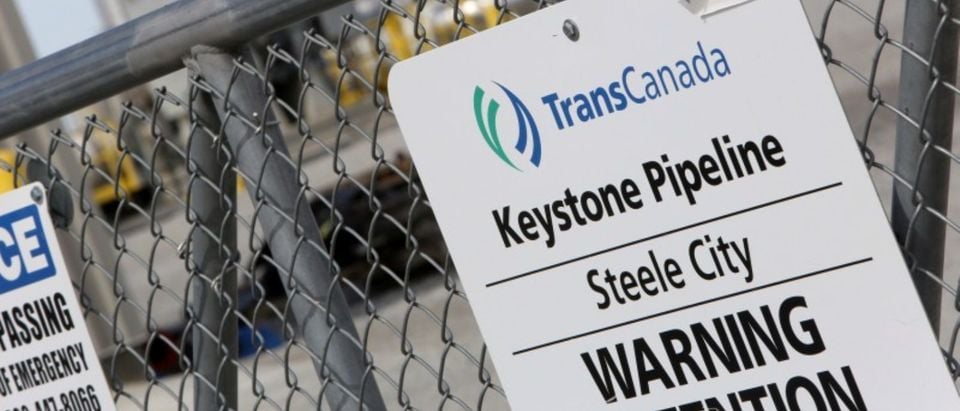For decades, America’s dependence on foreign energy seemed insurmountable—a thorn in the side of national security, and a significant drag on our economy. Though we have yet to arrive at total freedom, this sought-after reality is closer today than anyone would have imagined. According to the U.S. Energy Information Administration, energy imports in the U.S. are at the lowest level in over three and a half decades.
Ever since the Arab oil embargo and Middle East crises of the 1970s, energy imports grew and grew as our own production fell, even as politicians promised to address dependence on historically unstable regions of the world. Beginning in 2005 however, this trend took a sharp turn for the better due mainly to the shale revolution. In 2008 I began saying that “our country was in the midst of an energy renaissance.” While naturally many were still skeptical, new hydraulic fracturing technologies unleashed a fresh supply of domestic oil and natural gas together. Together with technological innovations in the solar and wind industries, fossil fuels and renewables are working together, and are becoming more efficient each and every day which is why net imports are now at their lowest level since 1982. If we remain committed to market based decisions, dependence on foreign energy may be a thing of the past.
This positive trend in the domestic energy sector is great for both our economy and national security. While we can thank the energy industry for these advances, there is still more to be done. For example, old infrastructure can be reliable, but it is not always efficient. We can and must reduce the amount of effort needed to move energy from production from where it is generated to where it is needed. In other words, it takes energy to move energy.
2017 was the first year the U.S. was considered a net exporter of natural gas, and that trend will continue as global demand is expected to nearly double between now and 2040. Right now our energy infrastructure remains inadequate, causing bottlenecks that create waste and inefficiencies that can only be remedied with constructing new, state-of-the-art infrastructure. Unfortunately we are not building new infrastructure quickly enough.
America requires pipelines to transport nearly two-thirds of all energy products used each day and they have been the preferred choice for nearly a century. Why? Because pipelines are safer, more efficient, less expensive, and result in lower greenhouse gas emissions than other transportation methods. When we are sending energy resources through underground pipes at home instead of shipping them in from halfway across the world in giant tankers, we are cutting down on greenhouse gas emissions.
Further, we have a comprehensive regulatory system in place to ensure pipelines remain the safest way to transport fossil fuels and many chemicals and they are becoming safer each year. Thanks to tough government oversight by the federal government’s Pipeline and Hazardous Materials Safety Administration, incidents and spill volumes have been cut in half over the last decade. A sensible but thorough review process is imperative to keep industry standards up to par as we build out more infrastructure projects; government oversight and industry best practices known as the System Management System work together to continually raise the safety bar.
Unleashing the full potential of our energy sector has the power to bring new opportunities to suffering regions of our nation, but it is not possible without efficient and safe energy transportation. Fortifying a state-of-the-art network of pipelines will make the U.S. an even more attractive place to do business and, at the same time, strengthen our national security.
The days of energy scarcity are long gone. Now we live in an age of energy renaissance—and energy independence is within grasp. By investing in more energy infrastructure, we can seize this historic opportunity.
Brigham McCown is a former federal gov’t executive, public policy expert, conservationist and the founder of the non-profit Aii.org. You can visit him at brighammccown.com or follow him at: @BAMcCown.
The views and opinions expressed in this commentary are those of the author and do not reflect the official position of The Daily Caller.


